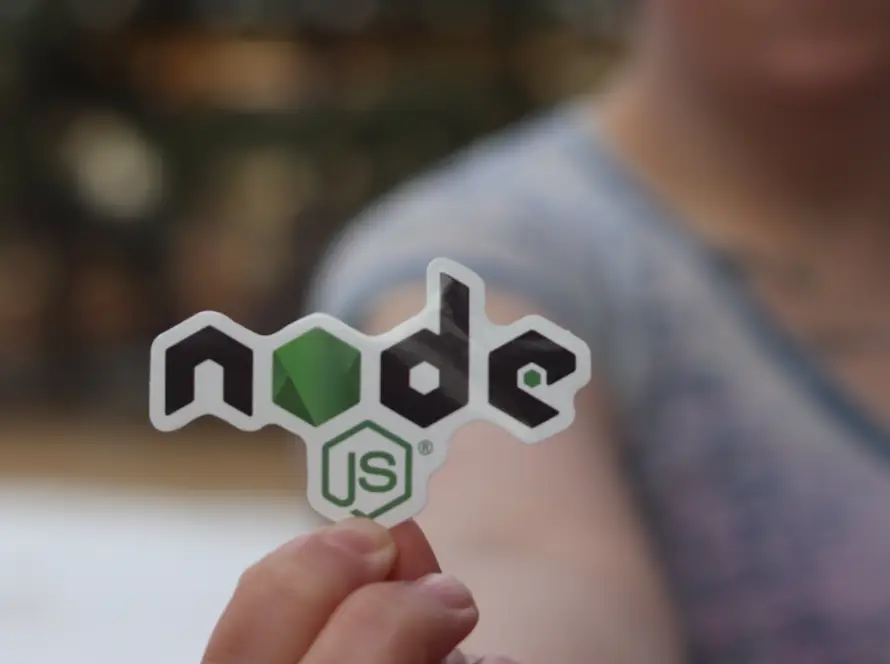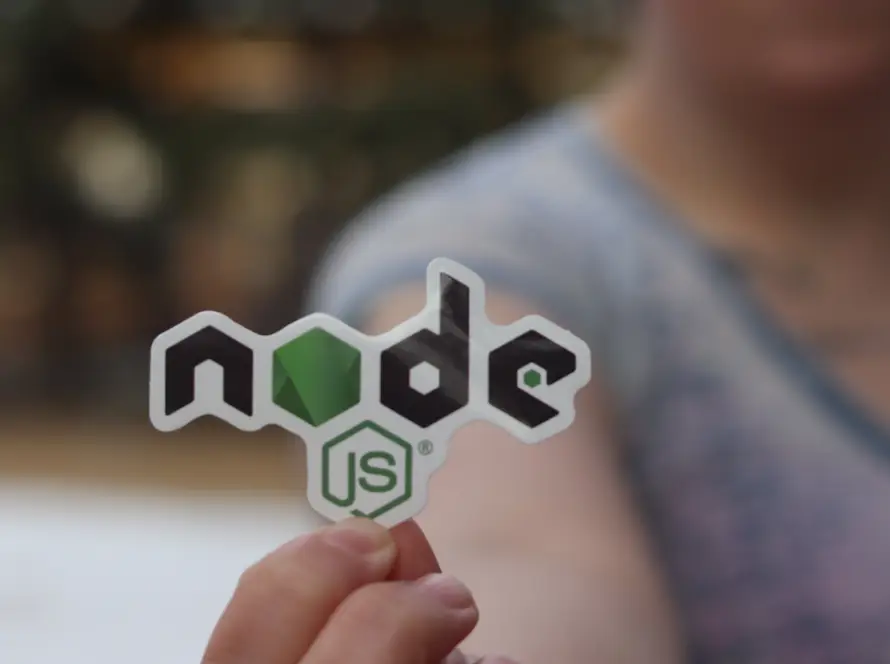Generated by Contentify AI
- Introduction
- Exploring the World of Node.js
- Understanding Node.js Basics
- Setting up Node.js Environment
- Creating Your First Node.js Application
- Exploring Node.js Frameworks and Libraries
- Embarking on Your Node.js Journey
- Conclusion

Introduction
Are you ready to dive into the world of Node.js? If you’re new to this powerful runtime environment, you’re in for an exciting journey. Node.js is a popular platform for building scalable network applications and has a thriving community of developers. In this beginner’s guide, we will walk you through the basics of Node.js, setting up your environment, creating your first application, and exploring popular frameworks and libraries. By the end of this guide, you’ll be well-equipped to begin your Node.js journey with confidence.
Exploring the World of Node.js
Node.js, often simply called Node, opens up a world of possibilities for developers. It is built on the JavaScript runtime and is known for its efficiency in handling concurrent connections. As you explore the world of Node.js, you’ll discover its non-blocking I/O model, which makes it suitable for real-time applications. Additionally, its package manager, npm, offers a vast repository of modules to extend the functionality of your applications. Understanding the fundamentals of Node.js will lay a solid foundation for your journey into this exciting technology.
Understanding Node.js Basics
To understand Node.js basics, it’s essential to grasp its core concepts. Node.js is renowned for its event-driven architecture, allowing non-blocking, asynchronous operations. This means that I/O operations do not halt the execution of the program, making it highly efficient for handling multiple concurrent tasks. Additionally, Node.js leverages the V8 JavaScript engine, empowering developers to write server-side applications in JavaScript. Understanding these fundamentals sets the stage for harnessing the full potential of Node.js and embarking on a successful development journey.
Setting up Node.js Environment
Before you can start building applications with Node.js, you need to set up your development environment. The first step is to install Node.js on your computer. You can download the installer from the official Node.js website and follow the installation instructions. Once Node.js is installed, you will also have access to npm, the Node Package Manager, which is a powerful tool for managing dependencies and libraries for your Node.js projects. Additionally, you may want to choose a code editor or integrated development environment (IDE) that supports JavaScript and Node.js development. Popular choices include Visual Studio Code, Atom, and WebStorm. With your environment set up, you’re ready to start creating your first Node.js application.
Creating Your First Node.js Application
Once you have your Node.js environment set up, it’s time to create your first application. A simple “Hello, World!” program is a great way to familiarize yourself with the basics of Node.js. Start by writing a small script that uses Node.js to output “Hello, World!” to the console. Then, run the script using the Node.js interpreter to see your first Node.js application in action. This hands-on experience will give you a feel for the Node.js runtime and the process of writing and running Node.js applications. As you gain confidence, you can begin exploring more complex applications and leveraging the full power of Node.js for your projects.
Exploring Node.js Frameworks and Libraries
When delving into the world of Node.js, it’s essential to explore the plethora of frameworks and libraries available to developers. These resources can significantly expedite the development process and enhance the functionality of your applications. Frameworks such as Express.js provide a robust foundation for building web applications, while libraries like Socket.io facilitate real-time communication in Node.js. By familiarizing yourself with these frameworks and libraries, you can harness their capabilities to streamline your development workflow and create feature-rich applications. As you embark on your Node.js journey, staying abreast of the latest frameworks and libraries will be crucial in honing your skills and building cutting-edge solutions.
Embarking on Your Node.js Journey
As you embark on your Node.js journey, it’s vital to explore the wealth of frameworks and libraries available to developers. These resources can significantly expedite the development process and enhance the functionality of your applications. For instance, frameworks like Express.js provide a robust foundation for building web applications, while libraries like Socket.io facilitate real-time communication in Node.js. By familiarizing yourself with these frameworks and libraries, you can harness their capabilities to streamline your development workflow and create feature-rich applications. As you delve into the world of Node.js, staying abreast of the latest frameworks and libraries will be crucial in honing your skills and building cutting-edge solutions.
Conclusion
As you begin your journey with Node.js, it’s essential to explore the wealth of frameworks and libraries available to developers. These resources can significantly expedite the development process and enhance the functionality of your applications. For instance, frameworks like Express.js provide a robust foundation for building web applications, while libraries like Socket.io facilitate real-time communication in Node.js. By familiarizing yourself with these frameworks and libraries, you can harness their capabilities to streamline your development workflow and create feature-rich applications. As you delve into the world of Node.js, staying abreast of the latest frameworks and libraries will be crucial in honing your skills and building cutting-edge solutions.
Key Takeaways
- Node.js is an open-source, cross-platform runtime environment that allows developers to build server-side and networking applications using JavaScript.
- To get started with Node.js, beginners should first install Node.js and then familiarize themselves with the Node Package Manager (NPM) for managing third-party packages and dependencies.
- Learning how to create a simple ‘Hello, World!’ application, understanding the basics of asynchronous programming, and exploring the various modules available in Node.js are essential steps for beginners.



